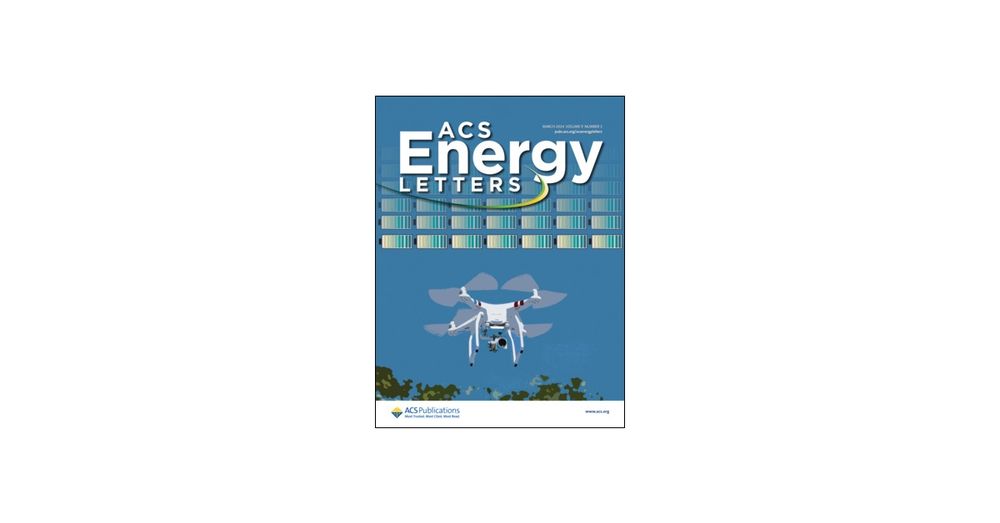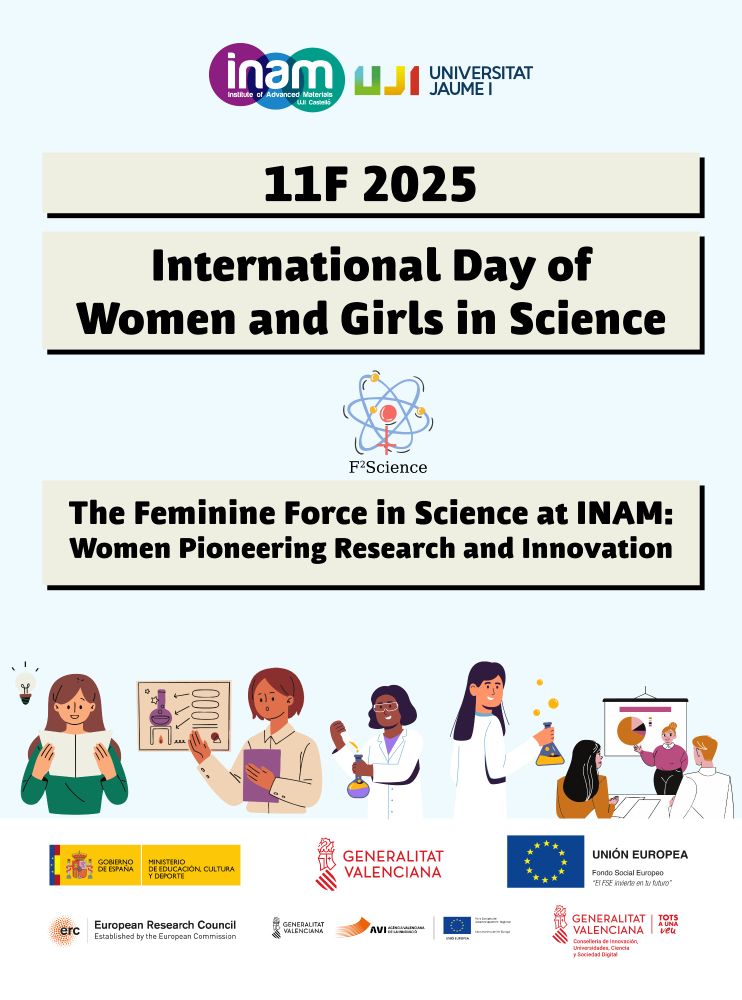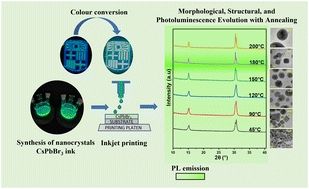
https://linktr.ee/Parejaiz

We explore the challenges and opportunities of tin-based halide perovskite nanocrystals for next-generation sustainable optoelectronics.
📖 Read the article:
www.frontiersin.org/articles/10....
#Perovskites #Nanocrystals #TinBased @ivanmorasero.bsky.social @sofiamasi.bsky.social

We explore the challenges and opportunities of tin-based halide perovskite nanocrystals for next-generation sustainable optoelectronics.
📖 Read the article:
www.frontiersin.org/articles/10....
#Perovskites #Nanocrystals #TinBased @ivanmorasero.bsky.social @sofiamasi.bsky.social
advanced.onlinelibrary.wiley.com/doi/10.1002/...

advanced.onlinelibrary.wiley.com/doi/10.1002/...
Visit perovspain.org to learn about Spanish Groups working on #perovskite materials.
Spanish groups interested in joining the community please contact us.
@inam-uji.bsky.social

Visit perovspain.org to learn about Spanish Groups working on #perovskite materials.
Spanish groups interested in joining the community please contact us.
@inam-uji.bsky.social
- editorial in ACS Energy Letters pubs.acs.org/doi/10.1021/...

- editorial in ACS Energy Letters pubs.acs.org/doi/10.1021/...

www.chemistryworld.com/opinion/take...

www.chemistryworld.com/opinion/take...

Article by Jonghee Yang, Mahshid Ahmadi & co-workers
Ligand-induced self-assembly of twisted two-dimensional halide perovskites
www.nature.com/articles/s44... ($)
#chemsky

Article by Jonghee Yang, Mahshid Ahmadi & co-workers
Ligand-induced self-assembly of twisted two-dimensional halide perovskites
www.nature.com/articles/s44... ($)
#chemsky




www.chemistryworld.com/news/air-pol...

www.chemistryworld.com/news/air-pol...



